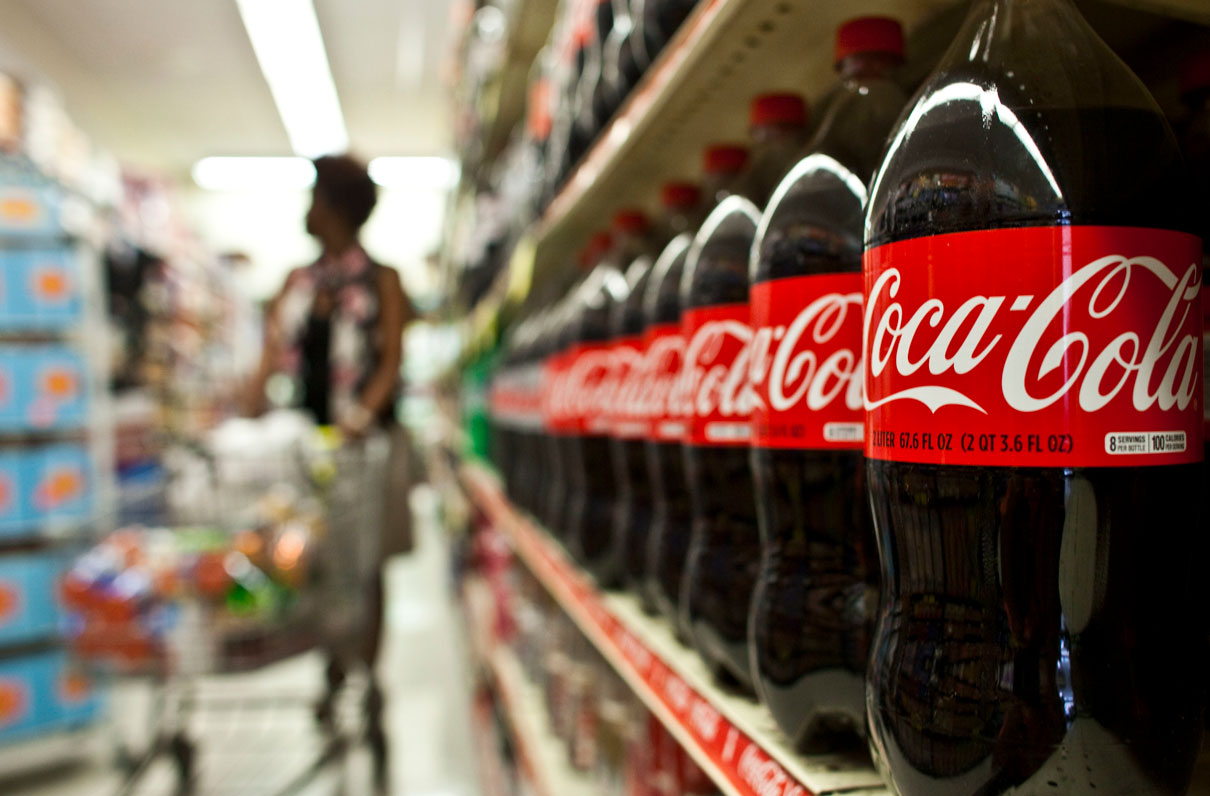Getty image
May 23, 2018
While it might be obvious to some, not everyone seems to understand that increases to their retired pay are correlated to the amount you pay for a soda at your local market.
Coca-Cola hasn't gone from 5 cents a bottle to $1 over the past 50 years just because the manufacturer wanted to change it. The price goes up because the cost of living has risen with inflation, among other factors such as supply and demand.
And retired pay, survivor benefits, and Social Security have ideally kept pace with those increases. (Active duty pay is calculated differently, though.)
Groceries, including Coke, are one of the more than 80,000 items factored into the Bureau of Labor Statistics' (BLS) monthly calculation of the Consumer Price Index (CPI). BLS describes CPI as a measure of the average change over time in the prices paid by urban consumers from around the country for a market basket of consumer goods and services. This basket of goods includes the ordinary items or services you'd expect to use on a daily basis: food and beverages, housing, apparel, transportation, medical care, recreation, or education and communication, among others.
Some of the biggest factors that influence your COLA include the prices of:
- food
- clothing
- housing
- fuels and transportation fares, and
- charges for medical services and drugs.
With the price of fuel on the rise, for example, military and government retirees eventually could see a bump in their COLA as a result.
The weighting of each category is calculated in accordance with a two-year-long survey that looked at family purchasing data through approximately 24,000 weekly diaries and 48,000 quarterly interviews.
Measured price changes on those items over time determine the annual COLA. The calculation is made by comparing the average CPI from July through September of the current year to the average for the same months of the year prior.
Any percentage increase in the year-over-year averages is rounded to the nearest tenth of 1 percent. For example:
- Average CPI for July through September 2016: 235.057*
- Average CPI for July through September 2017: 239.668
- Percentage change in average third quarter CPIs: 2 percent = 2018 COLA
*CPI started at a 100.00 baseline in 1973 after Congress amended the Social Security Act of 1935, calling for automatic annual cost-of-living increases to be made to Social Security payments.
As July gets closer, keep track of the CPI changes on MOAA's COLA Watch page.
It is important to keep in mind that the CPI might not reflect your personal experience with price changes. This measure is supposed to represent the experience of the average household, not a specific category of individuals or families.
Should there be any new attempts to reduce the COLA benefit, MOAA will actively oppose them. MOAA was instrumental in repealing a 2015 law under which future military retirees would have had their annual COLAs capped 1 percentage point below inflation until age 62. Using today's dollars, for an O-5 retiree with 20 years of service, that would have amounted to $152,000 over 20 years!
MOAA will continue to exert every effort to preserve the congressional intent, as expressed in the House Armed Services Committee Print of Title 37, U.S. Code, “to provide every military retired member the same purchasing power of the retired pay to which he was entitled at the time of retirement [and ensure it is] not, at any time in the future ... eroded by subsequent increases in consumer prices.”
Any changes to the inflation-based COLA process, including changes to the CPI, should be based on an objective, statistically reproducible methodology and not be subjected to arbitrary legislative mechanisms or the subjective judgments of politically appointed oversight boards.
So remember, while increases to your retired pay might seem like good news, it is only the result of increased prices across a broad assortment of goods and services.
Learn more about CPI and COLA calculations on the BLS FAQ web page.
